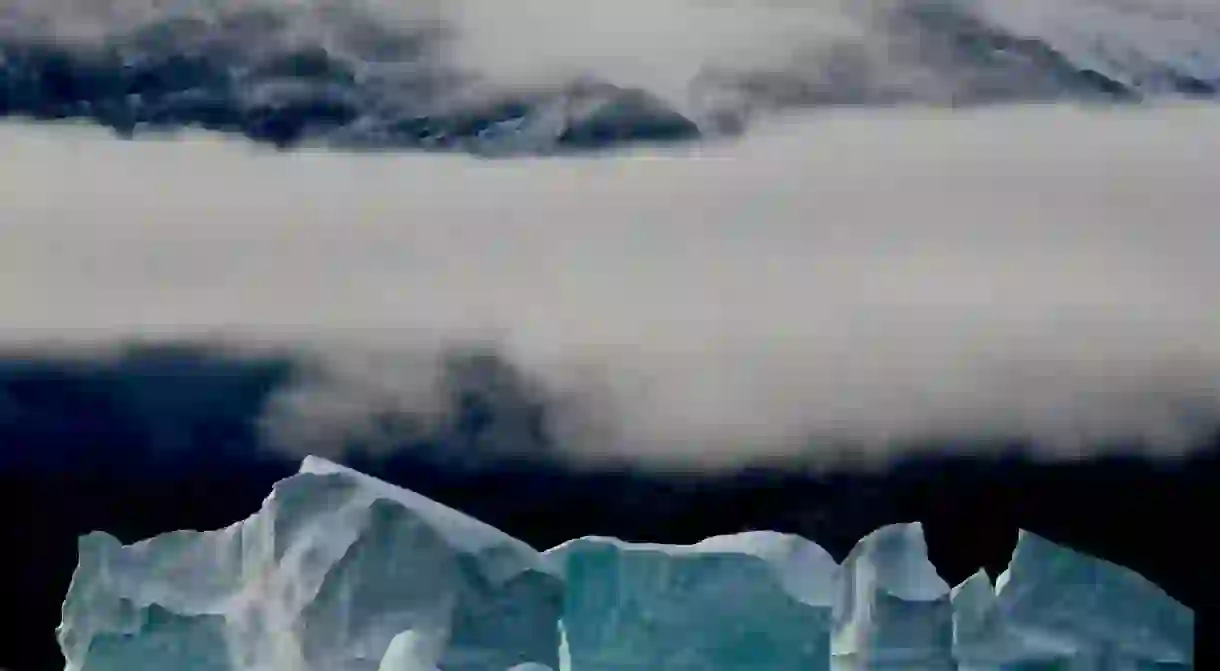An Iceberg May Come to Cape Town's Rescue

A South African marine salvage expert is hatching an unusual plan to harvest two icebergs just off the shore of Cape Town in order to assist the city with its ongoing drought.
Nick Sloane, who received international acclaim when he led the team that righted the wreck of the Costa Concordia in 2013, believes that his “Southern Ice” plan may be the only solution to Cape Town’s ongoing water crisis.
Convening experts to examine viability
Though Sloane has proposed the idea before, there appears to be a renewed interest in the idea—so much so that he will deliver a seminar on it this May. The seminar will bring together various experts to ascertain just how economically and technically feasible it is.
Cape Town is currently in the grips of a disastrous drought that is unlike any seen in the city in almost a century. The consequence is that residents have been forced to drastically reduce their water supply in order to keep taps running, while farmers and other industries are buckling under the weight of the restrictions.
Initially, the city warned that taps would run dry in April, leading it to be the first large city in the world to effectively run out of water. This date has since been pushed back, due to remarkable saving efforts by residents, but the city is still far from being in the clear.

Suitable icebergs 2,000 kilometers offshore of Cape Town
According to Sloane, there are suitable icebergs located approximately 1,200 nautical miles away from Cape Town, or one-third of the way to Antarctica. These have broken off the Antarctic ice shelf and are floating away until they reach warmer water, where they melt.
The team of experts will have to be selective about which icebergs they use. A study by Dr. Olav Orheim, a member of the Southern Ice team, indicates that just 7% of the 271,000 icebergs he analyzed would be the right shape and size. Icebergs that can be harvested for water purposes must have steep sides and a flat top, and be at least 200 meters thick.
Once the team has identified a suitable candidate, they would snare it with a special “skirt,” and tow it back to South African shores using two tugboats. There they will anchor it approximately 40 kilometers offshore, where it will be harvested for fresh water. It’s estimated that they would lose up to a third of the iceberg due to melting while it is en route.

Harvesting water from the iceberg
How the team will harvest the iceberg for fresh water remains one of the biggest unknowns of the project. They may be able to collect the natural runoff from the melting ice, though they’ve also proposed setting up an open-cast mine of sorts on the surface. They can then pump water from a small open pool into waiting tankers.
The experts believe the project could yield up to 150 million liters of water a day, which Sloane says is the shortfall that Cape Town will see in spite of increased savings and other water augmentation methods, like drilling into aquifers and desalination plants.
Although there is still some way to go before the iceberg project becomes a reality, Sloane and his team believe that this may well be the most cost-effective and environmentally sensitive way in which to curtail the city’s ongoing water crisis.













